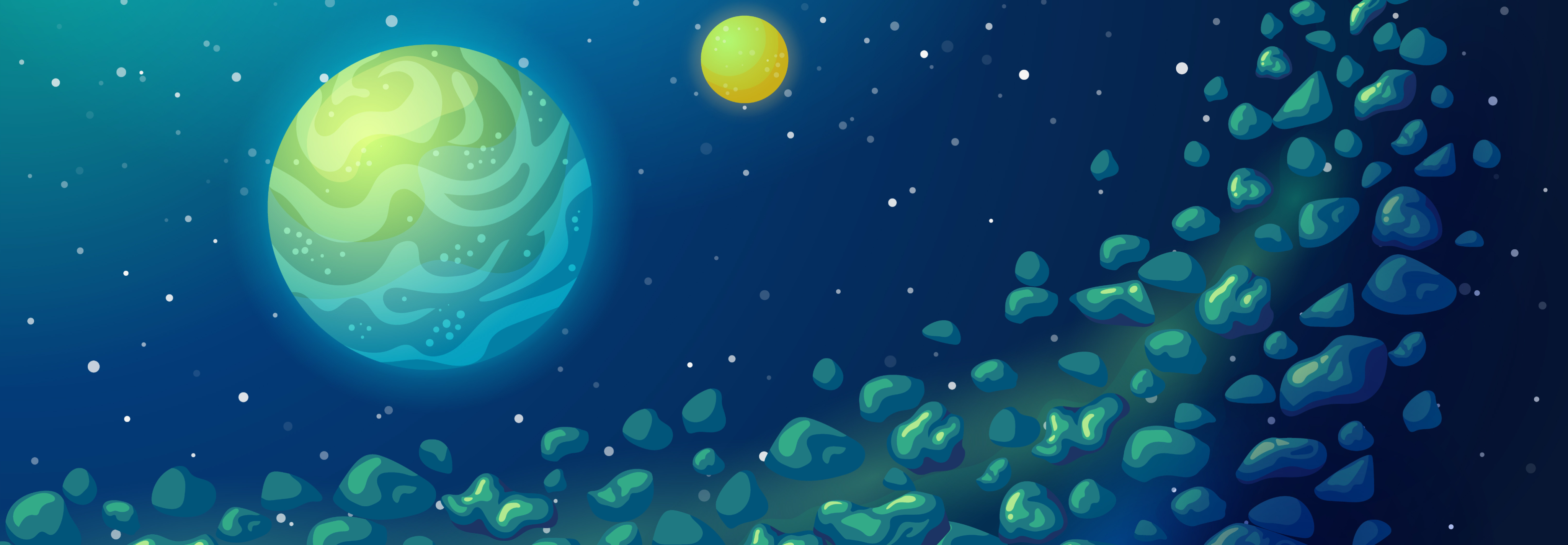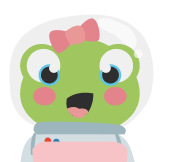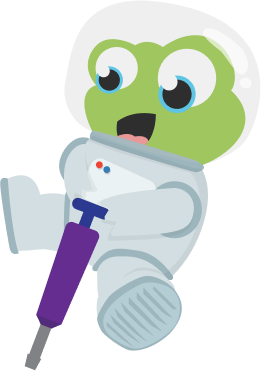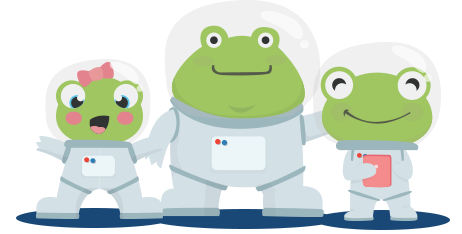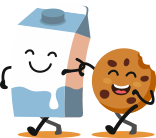Minerals
Minerals are naturally occurring solids (that means people did not make them). They are also inorganic, which means they do not come from plants or animals. Minerals can be found cemented together inside rocks. The internal structure of a mineral follows a well-organised pattern. Common examples of minerals are quartz and diamond, they have very perfect patterns.
Metal
If a rock has metal inside it is called an ore. The metal can be in flakes or contained in the minerals of the rocks.
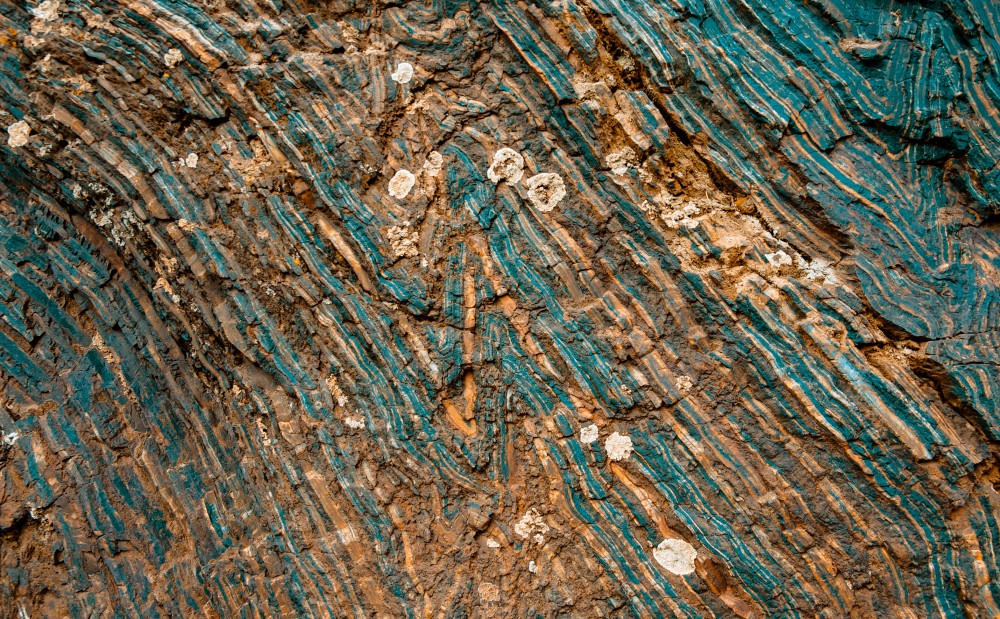
If an ore is heated the metal will pour out as a liquid, and if left to cool will harden. Examples of metals found in rocks are gold, silver, aluminium, iron and copper.
Gold and silver are used to make jewellery, aluminium to make cans and foil, iron can be used to make saucepans and copper is used in electrical wires. We use metals every day. Try and find some in your house or school.
Rocks from space: meteorites and asteroids
Some rocks are not from Earth at all but from way out in space. Large space rocks that orbit around the Sun are called asteroids. Smaller rocks that orbit around the Sun are called meteoroids.
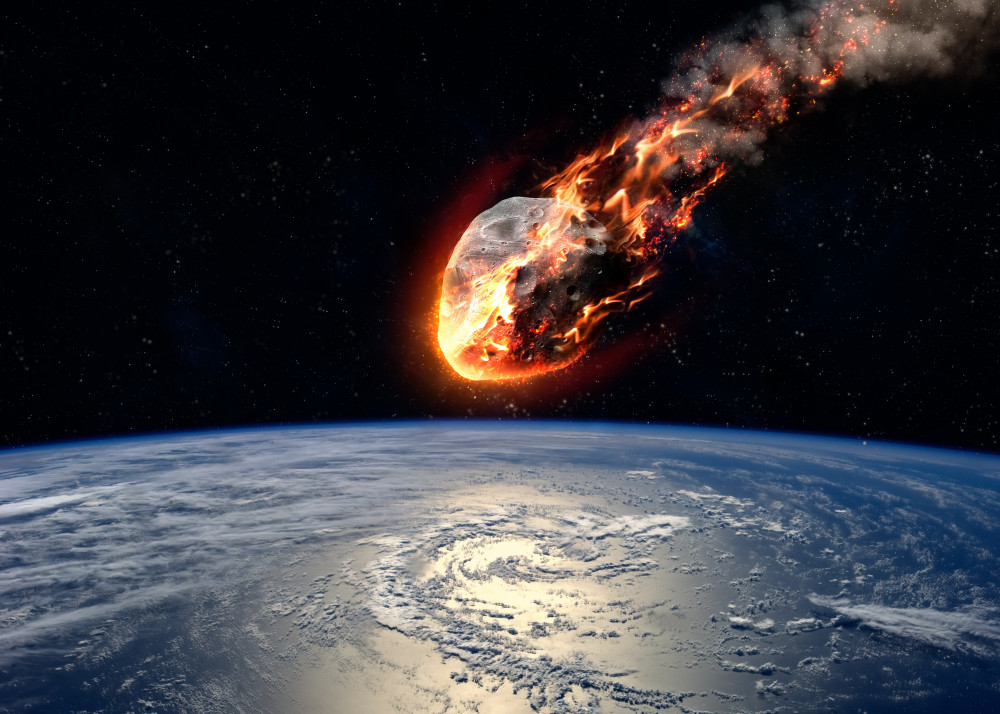
If an asteroid or meteoroid travels through the Earth’s atmosphere and lands on Earth’s surface it is called a meteorite. When they land they can create large hollow areas in the ground called craters.
Meteorites land on Earth all the time. Did you know around 500 meteorites bigger than footballs hit the Earth each year? The good thing is most of them fall into the ocean. Smaller ones the size of pebbles tend to fall on land.
Meteorites are mostly made of iron and nickel but some have elements that are very rare on Earth like oldhamite.
Structure of the Earth: crust, mantle, core
The Earth is made up of different layers of rocks and each layer has a name. An easy way to remember this is to picture the Earth as a piece of toast: the outer layer is the hardest. It is called the crust. The centre is the softest, another name for the centre is core. In between the crust and the core is a mixture of hard and soft. In rock language that’s called the mantle. Simple!
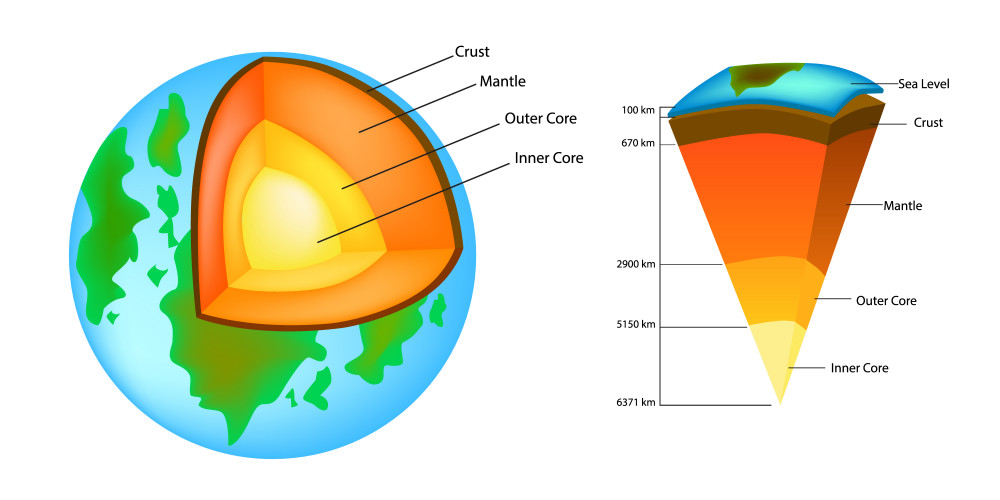
So let’s look a bit closer now. The crust of the Earth is solid with many sediments, here we will find many rocks. Underneath the crust is a layer that is almost solid and very hot called the mantle, but the hottest part is the core which has two parts to it: the outer core and the inner core. The outer core is a liquid mixture of iron and nickel and the inner core is solid metal. When volcanoes erupt they take hot molten rock (magma) from the core of the Earth to the surface. There are hundreds of volcanoes on land but there are also some hidden under the sea.




